
Support Team
Feedback:
support@nextpcb.comA circuit simulator is a computer program that allows engineers, hobbyists, and students to simulate electronic circuits in a virtual environment, enabling them to analyze and refine their designs before committing resources to physical production. By providing a realistic simulation of the interactions between various electronic components, circuit simulators allow users to explore the behavior of circuits under different conditions, such as varying input signals, temperature, and noise.
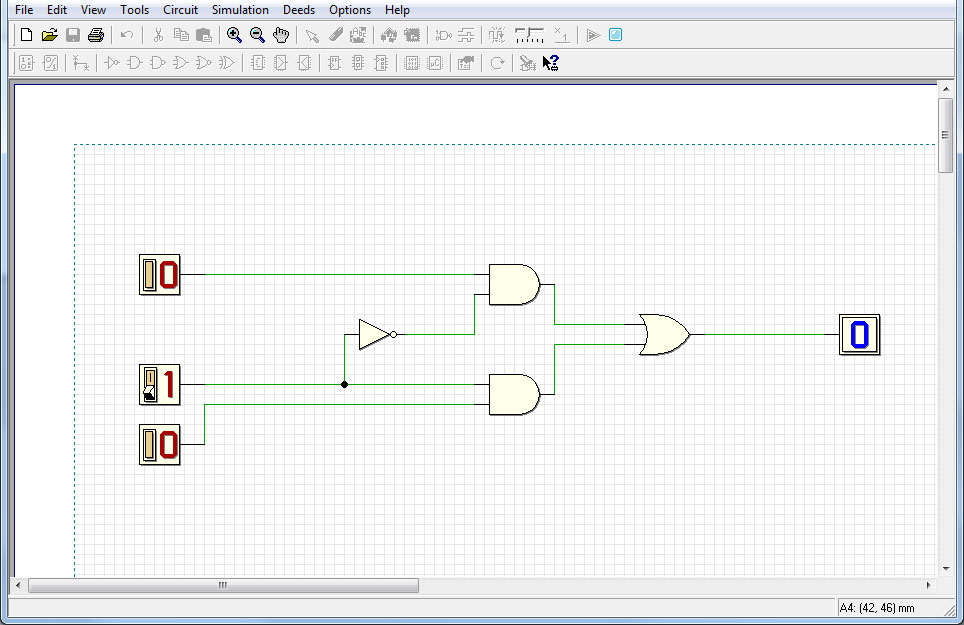
Using a circuit simulator, users can experiment with different component values and configurations to optimize circuit performance and reliability, reducing the need for costly trial-and-error iterations. These cutting-edge tools offer a platform for detailed analysis of electronic components, from resistors and capacitors to diodes and transistors, making it possible to simulate intricate interactions that occur within an electrical circuit.
Circuit simulators are a valuable tool for circuit analysis, allowing engineers to analyze both digital and analog circuits, including frequency response, transient response, and steady-state behavior. They come in various forms, from free online tools to advanced software programs used by professional engineers, and can help electronic circuit designers and testers save valuable time and money while increasing system performance and reliability.
In this article,
Here are some reasons why we need a circuit simulator:
A circuit simulator is an essential tool for anyone working with electronic circuits.
There are many advantages to having a circuit simulator, including:
The main differences between paid and free circuit simulators are the level of functionality and features offered. Paid circuit simulators generally offer more advanced features. They are capabilities, and support, while free circuit simulators offer more limited functionality. Paid circuit simulators typically offer more advanced features, such as the ability to simulate complex circuits, analyze and optimize circuit performance, and perform parametric sweeps. With an expanded range of components, models, and simulation options - plus next-level visualization tools that support your import/export data flow needs - cutting-edge technology puts the control in the hands of expert users.
In contrast, free circuit simulators generally offer more limited functionality. Such as simulating simpler circuits, and may have a smaller selection of components and models. They may also lack advanced features such as optimization tools, frequency domain analysis, or the ability to perform complex simulations. Free circuit simulators are very advantageous for learners, hobbyists, and those who do not require the additional features of paid options. Not only are they more user-friendly and easier to use compared to their counterparts, but they also offer an excellent opportunity to get familiar with electronics and circuitry design.
Overall, the choice between a paid and free circuit simulator will depend on the specific needs and requirements of the user. Those who require advanced features and capabilities may find that a paid circuit simulator is more appropriate, while those who are just starting out or have simpler needs may prefer a free circuit simulator.
With countless circuit simulation apps available for different operating systems. You can now simulate circuits on a diverse selection of devices. Prior to utilizing or installing the software, be sure to verify that it is compatible with your OS.
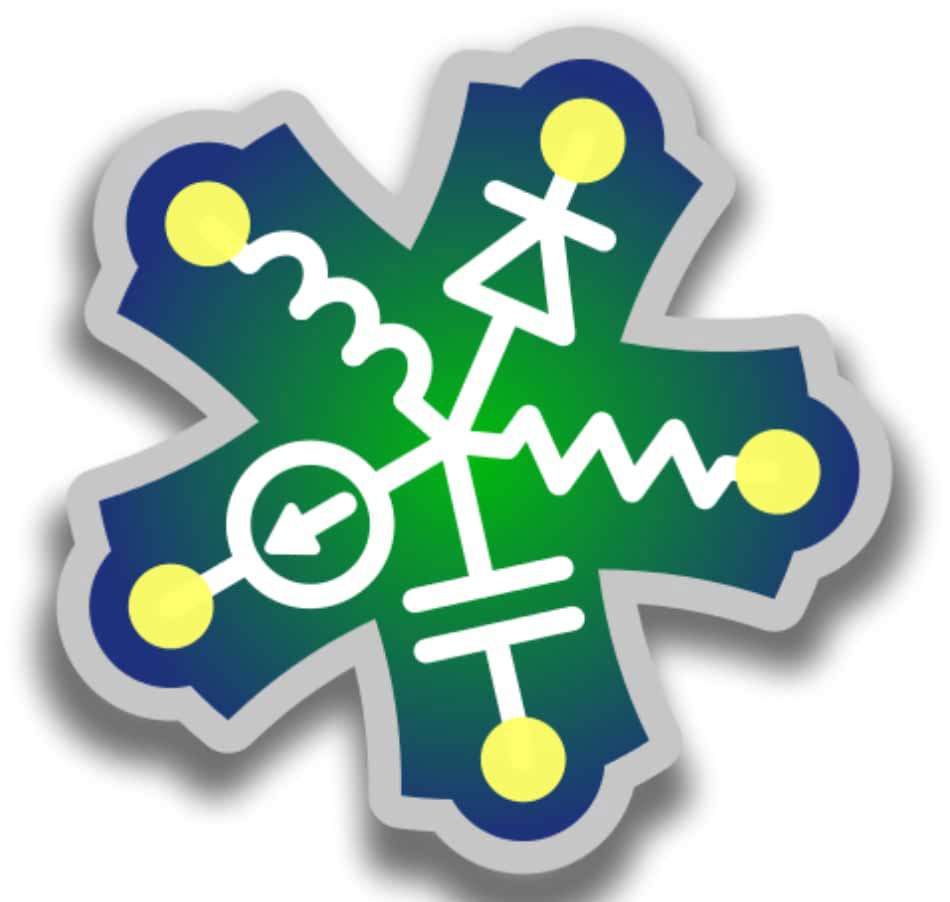
EveryCircuit is a circuit simulation app available for both Android and iOS devices. This app has become a favorite among users due to its ability to simulate and render electronic circuits in real time; it has also garnered incredibly high ratings. With EveryCircuit, users can build and test circuits on a virtual breadboard, and simulate the behavior of different electronic components and circuits. Loaded with a selection of essential elements, the app equips users with everything from resistors and capacitors to diodes, transistors, op-amps, and more. Users can also create custom components and models. One of the unique features of EveryCircuit is its ability to show the flow of current and voltage in real-time, allowing users to better understand how the circuit works. In addition, this app includes a dynamic waveform viewer which displays the output signals of the circuit instantly and accurately.
EveryCircuit is the ultimate circuit simulator, offering a free version and an even more spectacular premium subscription. With this plan you'll gain access to unlimited storage space for your circuits in addition to a larger selection of components; all while easily exporting or sharing them.
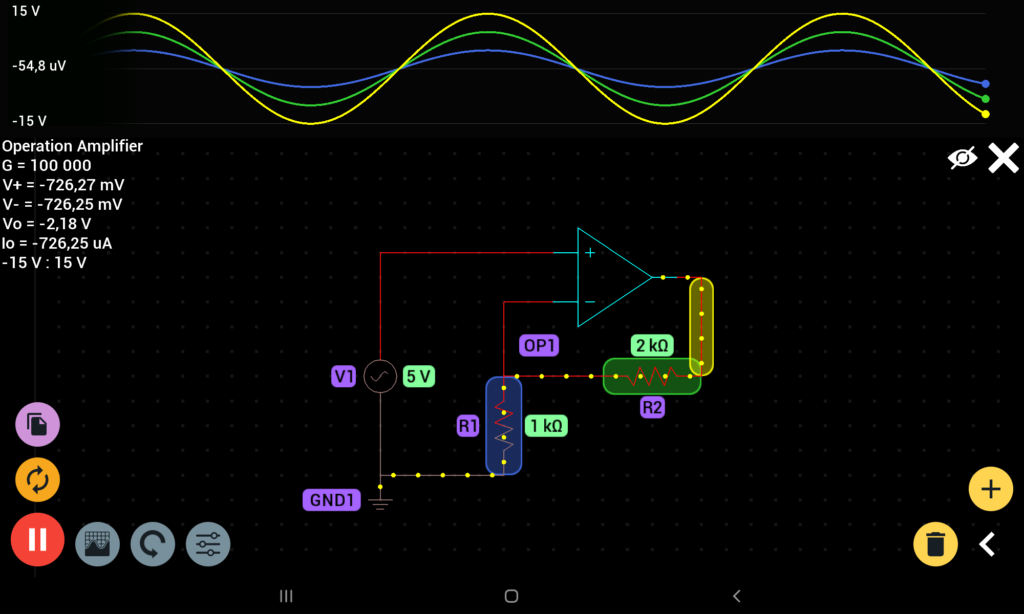
EveryCircuit is a circuit simulation software that offers a variety of features, including:
EveryCircuit is a powerful circuit simulation software that offers a variety of features designed to make circuit design and experimentation accessible and interactive.
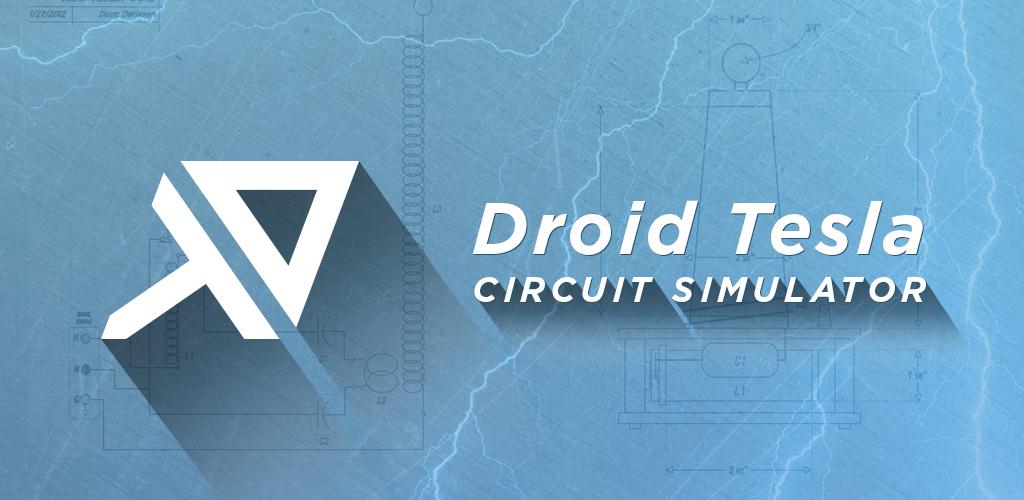
Droid Tesla is a circuit simulation app designed for Android mobile devices. It allows users to simulate and analyze circuits on their Android smartphones or tablets. This app offers a comprehensive suite of virtual components for your electronic engineering needs, ranging from analog and digital staples like resistors, capacitors, and transistors to more specialized items such as diodes, transistors, and operational amplifiers. Users can customize the values of these components and observe their effect on the circuit's behavior in real-time.
Droid Tesla also offers a breadboard layout that allows users to build and test their circuits just like they would with a physical breadboard. This feature can make it easier for users to experiment with circuit design and explore different configurations. Additionally, the app provides built-in oscilloscope and multimeter tools that allow users to measure and analyze circuit performance. These tools offer immediate insights into voltage, current, frequency, and other essential measurements.
Droid Tesla allows users to export their circuits as images, PDFs, or as an interactive link that can be shared with others. This makes it easy to collaborate with others and share circuit designs. The app also offers a no-ad version, which means users can use the app without being interrupted by ads.
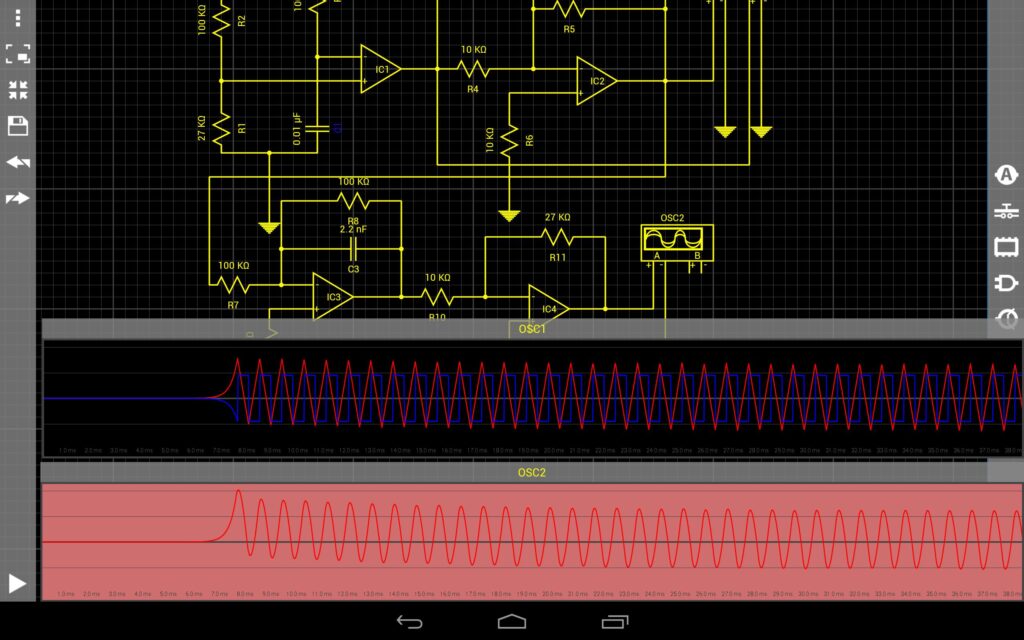
Droid Tesla is a circuit simulation app for Android devices that offers a variety of special features, including:

ECStudio (Electric Circuit Studio) is a web-based circuit simulation tool that allows users to design, simulate, and analyze electronic circuits. ECStudio is a versatile platform designed to facilitate all sorts of engineering projects, from hobbyist-level tinkering to professional applications. Its intuitive user interface allows users with any level of experience to easily construct sophisticated circuits by simply dragging and dropping components onto the virtual canvas. Users can also customize the properties of each component and connect them together to form a complete circuit.
After creating a circuit, users are able to simulate its performance under fluctuating conditions like varying voltages and currents. By doing this, they can get an idea of how the circuit will react in the real world.. ECStudio provides various analysis tools to help users understand the behavior of their circuits, including voltage and current analysis, frequency analysis, and transient analysis.
ECStudio also allows users to share their circuits with others, either by sending a link or embedding them on a website. This makes it a great tool for collaborative work, especially for those who are working remotely.
ECStudio is the ultimate circuit simulation tool for any level of electronics enthusiast. Packed with powerful features, it lets you explore and get creative in a world of circuitry - from those just getting started to professional engineers!
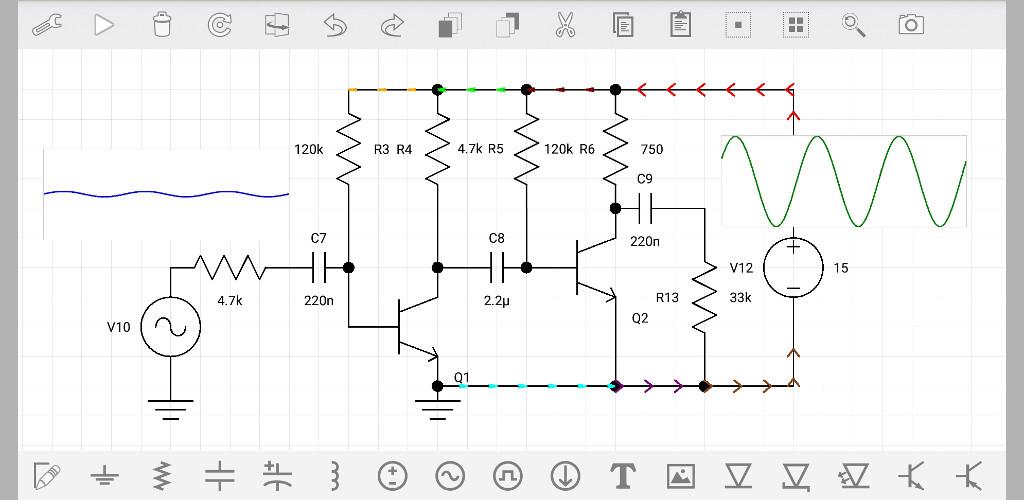
ECStudio (Electric Circuit Studio) has several special features that make it a popular choice for circuit simulation and analysis. Some of these features include:
ECStudio's user-friendly interface, large component library, simulation tools, collaboration features, and educational resources make it a versatile and powerful tool for circuit simulation and analysis
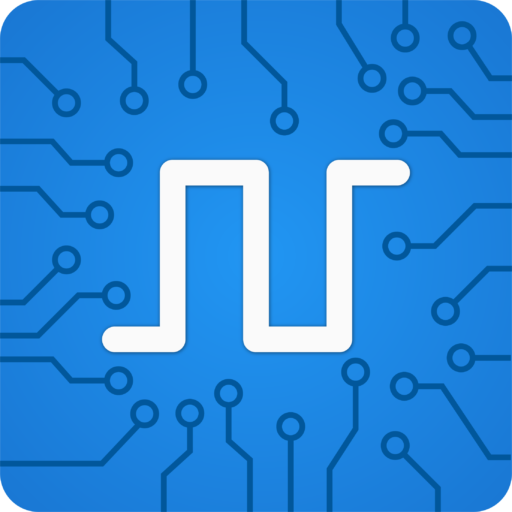
Smart Logic Simulator is a software tool used for digital circuit design and simulation. It allows users to create and test logic circuits using a graphical interface.
This software offers a comprehensive collection of digital components, from fundamental logic gates like AND, OR, and NOT to specialized flip-flops, counters, and other building blocks for creating sophisticated circuits. Users can simply drag and drop these components onto a canvas and connect them together to create a circuit.
Once a circuit is created, Smart Logic Simulator provides a simulation feature that allows users to test the circuit's behavior under different conditions. This includes the ability to apply input signals to the circuit and see how the outputs respond. Smart Logic Simulator also offers an oscilloscope feature, which allows users to see the waveforms of signals within their circuit. This can help users identify issues with their circuit and understand its behavior more fully.
Other features of the Smart Logic Simulator include the ability to save and load circuit designs, export circuits to various file formats, and customize the appearance of the components.
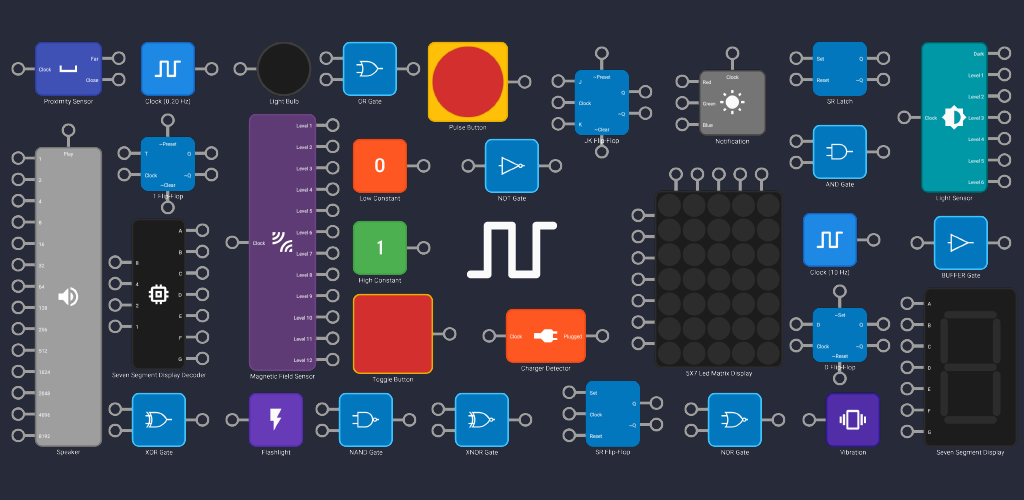
A Smart logic simulator is a software tool that enables users to simulate digital circuits and verify their functionality before physically building them. Some special features of a logic simulator include:
PROTO is a circuit simulation software that allows users to design, simulate, and analyze analog and digital circuits. It is commonly used by electrical engineers and electronics enthusiasts for circuit design and analysis.
With PROTO, users can create circuits using a simple drag-and-drop interface and simulate their behavior using SPICE models. It supports a wide range of components such as resistors, capacitors, inductors, diodes, transistors, op-amps, and more.
PROTO provides users with various analysis tools, including transient analysis, DC analysis, AC analysis, and Fourier analysis, among others. These tools enable users to analyze the behavior of their circuits under different conditions and identify potential issues. In addition to simulation and analysis, PROTO also allows users to generate reports, export simulation results, and share their designs with others. It supports a wide range of file formats, including SPICE, CSV, and PDF.
PROTO is a powerful circuit simulation tool that offers users a wide range of features and tools for circuit design and analysis. With its intuitive interface and support for both analog and digital circuits, this tool has quickly become the go-to option for engineers as well as hobbyists.
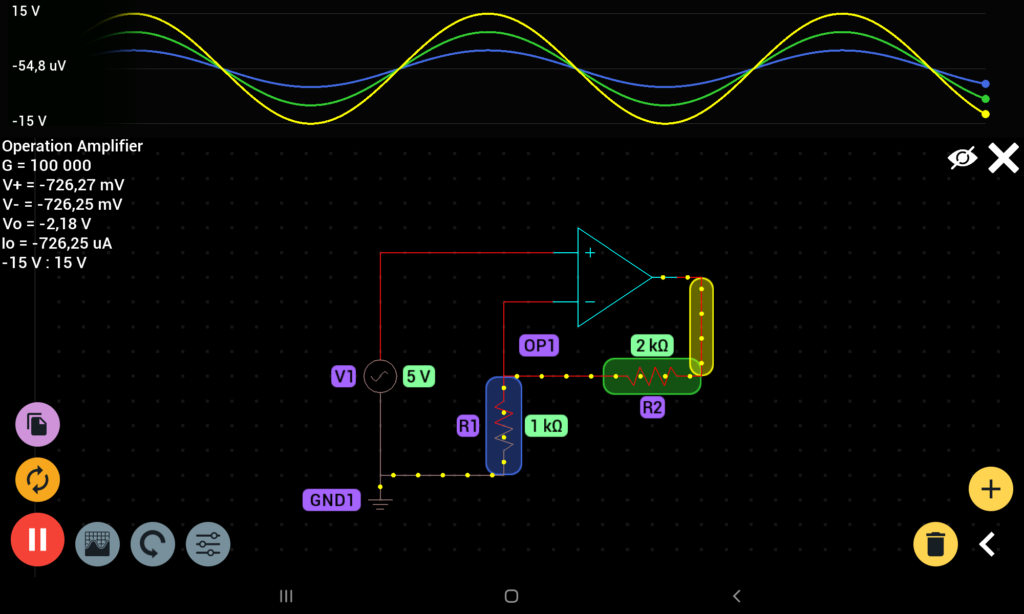
Some of its special features include:
In conclusion, there are several free circuit simulators available for electronics enthusiasts and professionals alike. These tools offer many advanced features such as mixed-signal simulation, parameter sweeping, and automatic optimization, allowing users to design and analyze complex circuits with ease. Simulators make it easy to explore circuit behavior, with user-friendly interfaces and interactive visuals allowing for dynamic real-time observation. For those seeking to design and evaluate circuits without breaking the bank, free circuit simulators are a great option. They provide an attractive substitute for pricey commercial software and allow users to benefit from sophisticated simulation tools at no cost - making them an invaluable resource in electronics engineering.
Still, need help? Contact Us: support@nextpcb.com
Need a PCB or PCBA quote? Quote now